Home>Furniture & Design>Interior Design Trends>How To Get Calcium Off Glass
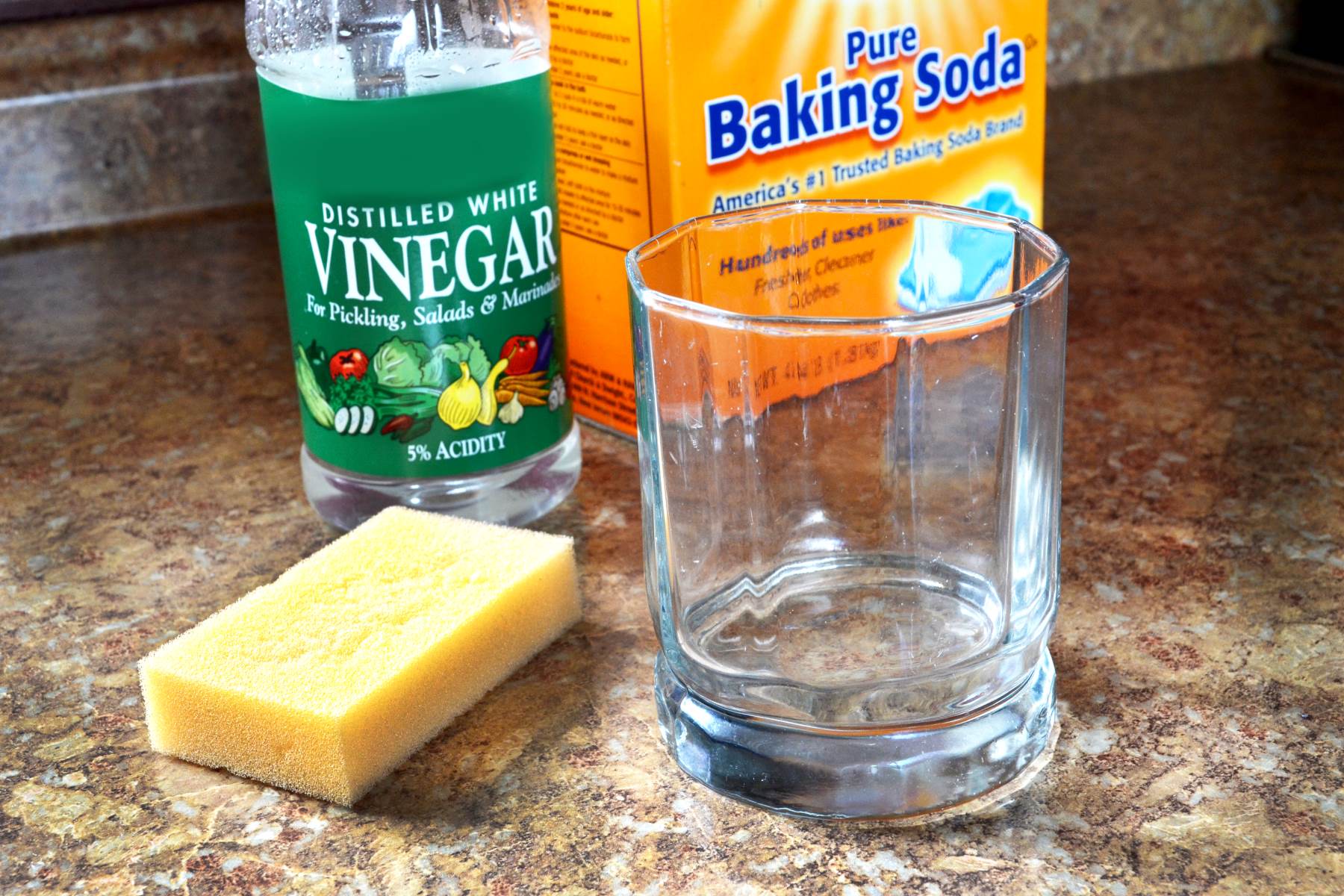

Interior Design Trends
How To Get Calcium Off Glass
Modified: October 28, 2024
Learn the best interior design trends for removing calcium off glass. Discover effective techniques and tips for a sparkling, clear finish.
(Many of the links in this article redirect to a specific reviewed product. Your purchase of these products through affiliate links helps to generate commission for Storables.com, at no extra cost. Learn more)
Introduction
Calcium buildup on glass surfaces can be a persistent nuisance, causing unsightly stains and diminishing the clarity of windows, shower doors, and glassware. Whether it's the result of hard water, mineral deposits, or the natural accumulation of calcium over time, dealing with this issue requires effective strategies and a bit of elbow grease. In this comprehensive guide, we will explore various methods for removing calcium buildup from glass, including natural remedies and commercial cleaners. Additionally, we will delve into preventive measures to minimize future calcium deposits, ensuring that your glass surfaces remain sparkling and pristine for the long haul. Let's dive into the world of glass maintenance and discover how to bid farewell to stubborn calcium buildup.
Key Takeaways:
- Say goodbye to calcium buildup on glass by using natural remedies like vinegar and lemon juice, or opting for commercial cleaners. Prevent future deposits with water softeners, squeegees, and protective coatings for sparkling, pristine glass surfaces.
- Combat stubborn calcium deposits on glass with eco-friendly vinegar and water solution or potent commercial cleaners. Prevent buildup by incorporating regular maintenance, water softeners, and protective coatings for long-lasting clarity and luster.
Read more: How To Clean Calcium Off Brick
Understanding Calcium Buildup
Calcium buildup, also known as limescale, occurs when hard water evaporates, leaving behind mineral deposits on glass surfaces. Hard water contains high levels of dissolved minerals, such as calcium and magnesium. When hard water comes into contact with glass and subsequently evaporates, it leaves behind these minerals, resulting in a cloudy, white residue. This buildup can be particularly noticeable on shower doors, windows, and glassware, detracting from their aesthetic appeal.
The accumulation of calcium on glass surfaces is not only unsightly but can also be challenging to remove if left unaddressed. Over time, the deposits can become more stubborn and resistant to conventional cleaning methods. Additionally, if calcium buildup is not effectively managed, it can lead to etching or permanent damage to the glass, further complicating the restoration process.
Understanding the composition and behavior of calcium buildup is crucial in determining the most effective removal and prevention strategies. By recognizing the root cause of the issue, which is often hard water, individuals can implement targeted solutions to combat and eliminate the buildup, restoring the clarity and luster of their glass surfaces.
In the following sections, we will explore various methods for removing calcium from glass, ranging from natural remedies like vinegar and lemon juice to the use of commercial cleaners. By gaining a deeper understanding of these techniques, individuals can make informed decisions about the most suitable approach for their specific cleaning needs. Furthermore, we will delve into preventive measures to mitigate future calcium buildup, empowering readers to maintain the pristine condition of their glass surfaces over time.
Methods for Removing Calcium from Glass
When it comes to tackling calcium buildup on glass surfaces, there are several effective methods that can restore the clarity and shine of windows, shower doors, and glassware. Whether opting for natural remedies or commercial cleaners, each approach offers unique benefits for combating stubborn calcium deposits.
Using Vinegar and Water
One of the most popular and environmentally friendly methods for removing calcium from glass involves the use of vinegar and water. The acidic nature of vinegar makes it an effective agent for dissolving mineral deposits, including calcium. To utilize this method, mix equal parts of white vinegar and water in a spray bottle. Thoroughly spray the solution onto the affected glass surface and allow it to sit for several minutes. The acidic properties of the vinegar will work to break down the calcium buildup, making it easier to wipe away with a clean cloth or sponge. This natural remedy not only effectively removes calcium but also leaves the glass with a streak-free, sparkling finish.
Using Commercial Cleaners
For those seeking a convenient and potent solution, commercial cleaners specifically formulated for removing calcium deposits from glass can provide exceptional results. These cleaners are designed to target and dissolve stubborn mineral buildup, making the cleaning process more efficient. When using a commercial cleaner, it is essential to follow the manufacturer's instructions carefully to ensure safe and effective application. Many of these products are available in spray or liquid form, allowing for easy and precise application to the affected areas. Additionally, some commercial cleaners contain ingredients that provide a protective barrier against future calcium buildup, prolonging the clarity and cleanliness of the glass surfaces.
Read more: How To Get Tape Off Of Glass
Using Lemon Juice and Baking Soda
Another natural and aromatic approach to removing calcium from glass involves the use of lemon juice and baking soda. The acidic properties of lemon juice, combined with the mild abrasive nature of baking soda, create a powerful cleaning paste that can effectively tackle calcium deposits. To utilize this method, create a paste by mixing lemon juice and baking soda until a thick consistency is achieved. Apply the paste to the affected glass surface, gently scrubbing in circular motions with a soft cloth or sponge. The combination of lemon juice and baking soda works to break down and lift the calcium buildup, restoring the glass to its original clarity.
By employing these methods for removing calcium from glass, individuals can effectively eliminate stubborn mineral deposits and restore the pristine condition of their glass surfaces. Whether opting for natural remedies or commercial cleaners, each approach offers a pathway to achieving sparkling, calcium-free glass, enhancing the overall aesthetic appeal of the living space.
Using Vinegar and Water
One of the most popular and environmentally friendly methods for removing calcium from glass involves the use of vinegar and water. The acidic nature of vinegar makes it an effective agent for dissolving mineral deposits, including calcium. This natural remedy not only effectively removes calcium but also leaves the glass with a streak-free, sparkling finish.
To utilize this method, mix equal parts of white vinegar and water in a spray bottle. Thoroughly spray the solution onto the affected glass surface and allow it to sit for several minutes. The acidic properties of the vinegar will work to break down the calcium buildup, making it easier to wipe away with a clean cloth or sponge.
The versatility of vinegar as a cleaning agent extends beyond its effectiveness in removing calcium buildup. It is a natural disinfectant and deodorizer, making it an ideal choice for maintaining a clean and hygienic environment. When used on glass surfaces, vinegar not only eliminates calcium deposits but also helps to combat other common issues such as water spots and streaks, resulting in clear and gleaming glass.
Moreover, the cost-effectiveness and availability of vinegar make it a practical and accessible solution for homeowners seeking to restore the clarity of their glass surfaces. By harnessing the natural power of vinegar and water, individuals can achieve impressive results without the need for harsh chemicals or expensive cleaning products.
The application of vinegar and water for removing calcium buildup from glass is a testament to the efficacy of natural cleaning remedies. This method not only addresses the immediate issue of calcium deposits but also contributes to a healthier and more sustainable approach to household cleaning. With its ability to restore the luster and transparency of glass, vinegar and water stand as a reliable and eco-friendly solution for combating stubborn calcium buildup, ensuring that glass surfaces maintain their pristine appearance.
Using Commercial Cleaners
When it comes to combating stubborn calcium buildup on glass surfaces, commercial cleaners specifically formulated for this purpose offer a convenient and potent solution. These specialized cleaners are designed to effectively target and dissolve mineral deposits, providing a more efficient cleaning process.
Commercial cleaners tailored for calcium removal from glass are available in various formulations, including sprays and liquid solutions. These products often contain powerful ingredients that work to break down and eliminate stubborn calcium deposits, restoring the clarity and shine of glass surfaces.
The application of commercial cleaners for calcium removal involves following the manufacturer's instructions carefully to ensure safe and effective usage. Typically, the process begins by applying the cleaner to the affected glass areas, allowing it to penetrate and dissolve the calcium buildup. After the designated dwell time, the surface can be gently wiped or rinsed, effectively removing the dissolved mineral deposits and revealing the pristine glass underneath.
One of the notable advantages of using commercial cleaners is their ability to provide a protective barrier against future calcium buildup. Many of these products contain ingredients that help to prevent the reformation of mineral deposits, prolonging the cleanliness and transparency of glass surfaces. This proactive approach not only addresses existing calcium buildup but also contributes to long-term maintenance, reducing the frequency of intensive cleaning efforts.
Furthermore, commercial cleaners offer a level of convenience and reliability, making them an attractive choice for individuals seeking efficient solutions for calcium removal. The targeted nature of these cleaners ensures that they effectively address the specific issue of mineral deposits without causing damage to the glass surface. Additionally, the availability of commercial cleaners designed for calcium removal reflects the demand for effective and user-friendly solutions in maintaining the pristine condition of glass surfaces.
By harnessing the power of commercial cleaners tailored for calcium removal, individuals can achieve remarkable results in restoring the clarity and luster of their glass surfaces. This method not only eliminates stubborn mineral deposits but also provides a proactive defense against future buildup, ensuring that glass surfaces remain sparkling and free from the unsightly effects of calcium accumulation.
Using Lemon Juice and Baking Soda
A natural and aromatic approach to removing calcium from glass involves the use of lemon juice and baking soda. This method harnesses the acidic properties of lemon juice and the mild abrasive nature of baking soda to create a powerful cleaning paste that effectively tackles calcium deposits.
To utilize this method, begin by creating a paste using lemon juice and baking soda. The acidic nature of lemon juice, combined with the gentle abrasiveness of baking soda, forms a potent cleaning agent that can effectively break down and lift stubborn calcium buildup from glass surfaces. The paste should be mixed to achieve a thick consistency, ensuring optimal adherence to the affected areas.
Once the paste is prepared, apply it to the glass surface with calcium deposits, ensuring thorough coverage of the affected areas. Using a soft cloth or sponge, gently scrub the paste onto the glass in circular motions, allowing the combined action of lemon juice and baking soda to work its magic. This gentle abrasion, coupled with the acidic properties of lemon juice, facilitates the breakdown and removal of the calcium deposits, gradually restoring the glass to its original clarity.
The natural components of lemon juice and baking soda make this method not only effective but also environmentally friendly. Lemon juice, with its citric acid content, serves as a natural solvent, effectively dissolving mineral deposits, while baking soda, known for its mild abrasive properties, aids in lifting the stubborn calcium buildup without causing damage to the glass surface.
Furthermore, the use of lemon juice and baking soda offers a pleasant and refreshing cleaning experience, infusing the surrounding environment with a citrusy aroma. This natural approach to calcium removal aligns with eco-conscious cleaning practices, providing a safe and sustainable solution for maintaining the pristine condition of glass surfaces.
By employing the method of using lemon juice and baking soda, individuals can effectively eliminate calcium deposits from glass, restoring its transparency and luster. This natural remedy not only addresses the immediate issue of calcium buildup but also contributes to a healthier and more sustainable approach to household cleaning. With its ability to restore the clarity and shine of glass, the combination of lemon juice and baking soda stands as a reliable and eco-friendly solution for combating stubborn calcium buildup, ensuring that glass surfaces maintain their pristine appearance.
Read more: How To Get Hairspray Off Glass
Preventing Calcium Buildup on Glass
Preventing calcium buildup on glass surfaces is essential for maintaining their pristine condition and prolonging their clarity and luster. By implementing proactive measures, individuals can minimize the recurrence of stubborn mineral deposits, ensuring that their glass windows, shower doors, and glassware remain free from unsightly calcium buildup.
Regular Maintenance
Consistent and thorough cleaning of glass surfaces is crucial in preventing the accumulation of calcium deposits. Establishing a regular cleaning routine, using appropriate cleaning agents, can help remove mineral residues before they have the chance to harden and form stubborn buildup. By incorporating glass maintenance into a regular cleaning schedule, individuals can effectively mitigate the potential for calcium deposits to take hold.
Use of Water Softeners
Installing a water softening system can significantly reduce the presence of minerals, such as calcium and magnesium, in the water supply. Water softeners work by replacing the minerals with sodium ions, preventing the formation of mineral deposits on glass surfaces. By addressing the root cause of calcium buildup, water softeners offer a proactive solution for maintaining the clarity and cleanliness of glass.
Squeegee Usage
After showering or when glass surfaces come into contact with water, using a squeegee to remove excess water can help prevent the formation of water spots and mineral deposits. By swiftly removing water from the glass, particularly on shower doors and windows, individuals can minimize the opportunity for calcium to accumulate and harden, preserving the transparency of the glass.
Read more: How To Get Crayon Off Glass
Protective Coatings
Applying a protective coating or sealant specifically designed for glass surfaces can create a barrier that repels water and minerals, reducing the likelihood of calcium buildup. These coatings form a protective shield, preventing mineral deposits from adhering to the glass and facilitating easier cleaning. By investing in protective coatings, individuals can proactively safeguard their glass surfaces against the effects of hard water and mineral accumulation.
Proper Ventilation
Ensuring adequate ventilation in areas with glass surfaces, such as bathrooms and kitchens, can help reduce the buildup of moisture and humidity. By promoting air circulation and minimizing moisture accumulation, proper ventilation contributes to a drier environment, reducing the opportunity for mineral deposits to form on glass surfaces.
By incorporating these preventive measures into their glass maintenance routine, individuals can effectively minimize the recurrence of calcium buildup, preserving the clarity and transparency of their glass surfaces. These proactive strategies not only contribute to the aesthetic appeal of glass but also support long-term maintenance, ensuring that glass surfaces remain free from the unsightly effects of mineral deposits.
Conclusion
In conclusion, the battle against calcium buildup on glass surfaces demands a strategic and proactive approach. By understanding the nature of calcium deposits and exploring effective removal methods, individuals can restore the clarity and luster of their glass windows, shower doors, and glassware. Whether opting for natural remedies such as vinegar and lemon juice, or harnessing the power of commercial cleaners, each method offers a pathway to achieving sparkling, calcium-free glass.
Furthermore, the implementation of preventive measures, including regular maintenance, the use of water softeners, squeegee usage, protective coatings, and proper ventilation, plays a pivotal role in minimizing the recurrence of stubborn mineral deposits. By integrating these proactive strategies into glass maintenance routines, individuals can preserve the pristine condition of their glass surfaces and mitigate the unsightly effects of calcium buildup.
The versatility and effectiveness of natural remedies, such as vinegar and lemon juice, underscore the potential of eco-friendly cleaning solutions in combating calcium deposits. These natural agents not only eliminate mineral residues but also contribute to a healthier and more sustainable approach to household cleaning. Additionally, the convenience and reliability of commercial cleaners tailored for calcium removal provide a potent solution for addressing stubborn buildup, while offering protective benefits against future deposits.
Ultimately, the quest to maintain calcium-free glass surfaces is a testament to the commitment to cleanliness, aesthetics, and long-term maintenance. By embracing a holistic approach that encompasses removal, prevention, and eco-conscious cleaning practices, individuals can ensure that their glass surfaces remain transparent, gleaming, and free from the unsightly effects of mineral deposits.
In the pursuit of pristine glass, the combination of effective removal methods and proactive preventive measures empowers individuals to conquer the challenges posed by calcium buildup, preserving the beauty and clarity of their glass surfaces for years to come.
Frequently Asked Questions about How To Get Calcium Off Glass
Was this page helpful?
At Storables.com, we guarantee accurate and reliable information. Our content, validated by Expert Board Contributors, is crafted following stringent Editorial Policies. We're committed to providing you with well-researched, expert-backed insights for all your informational needs.
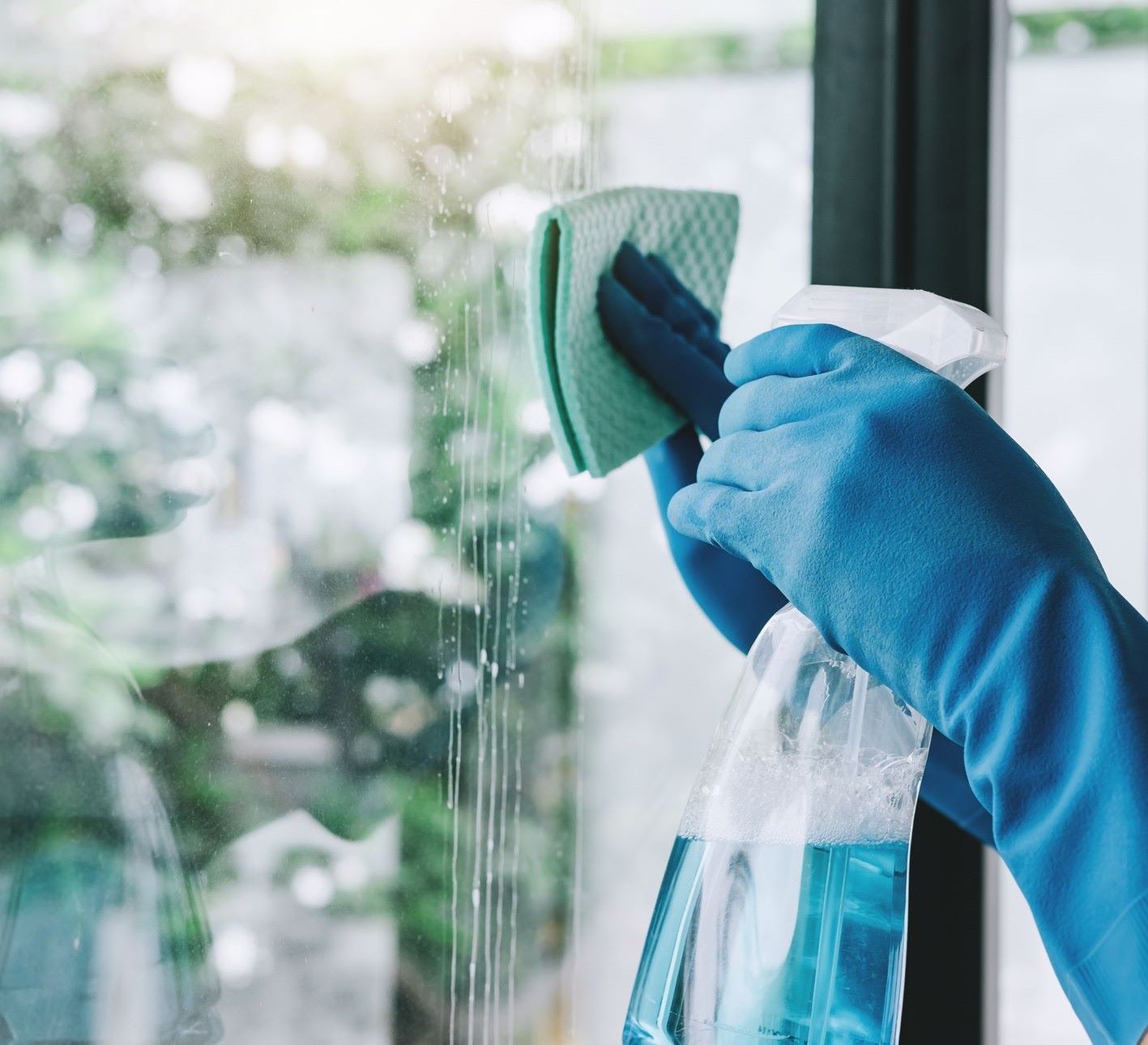
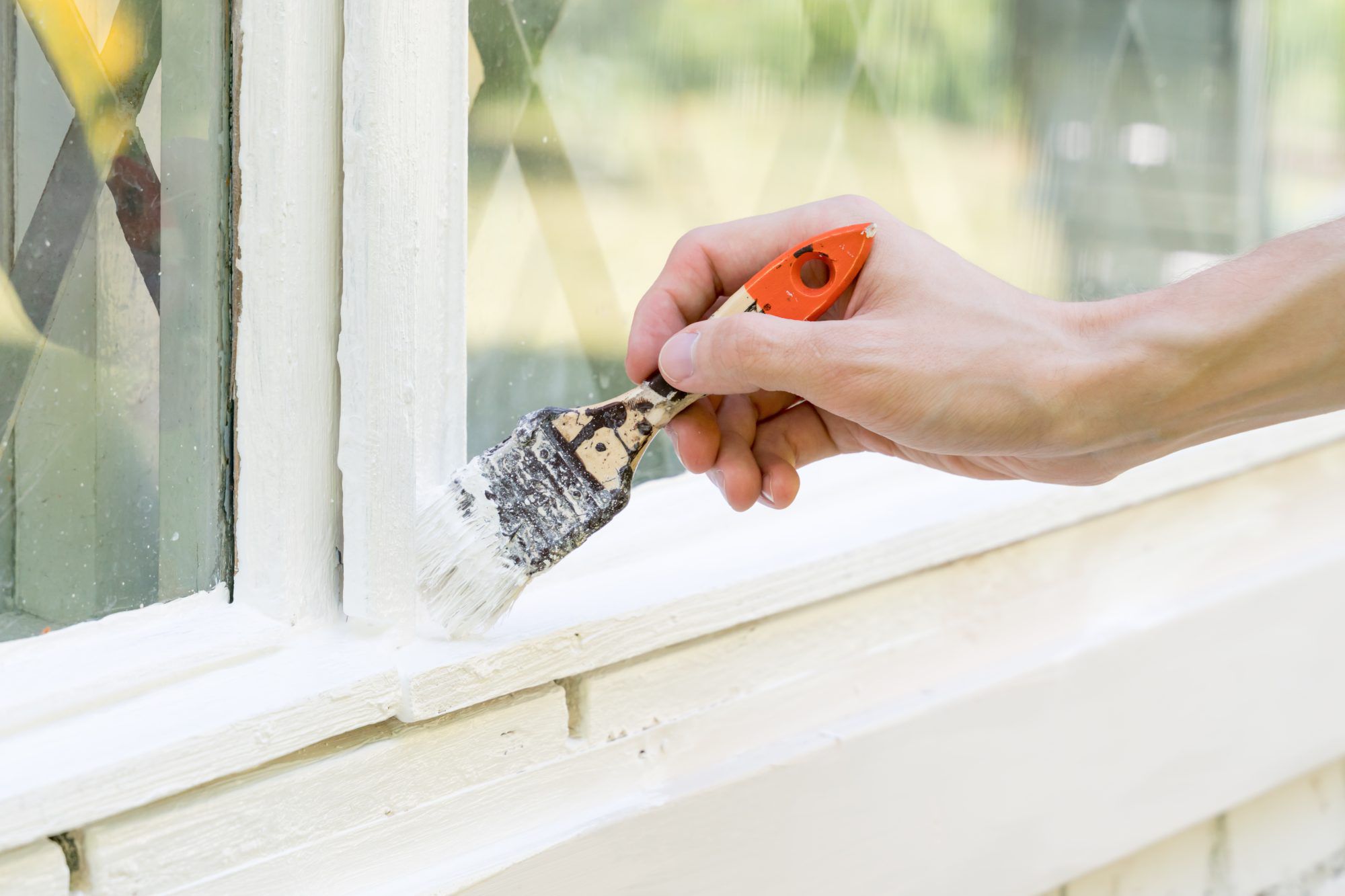
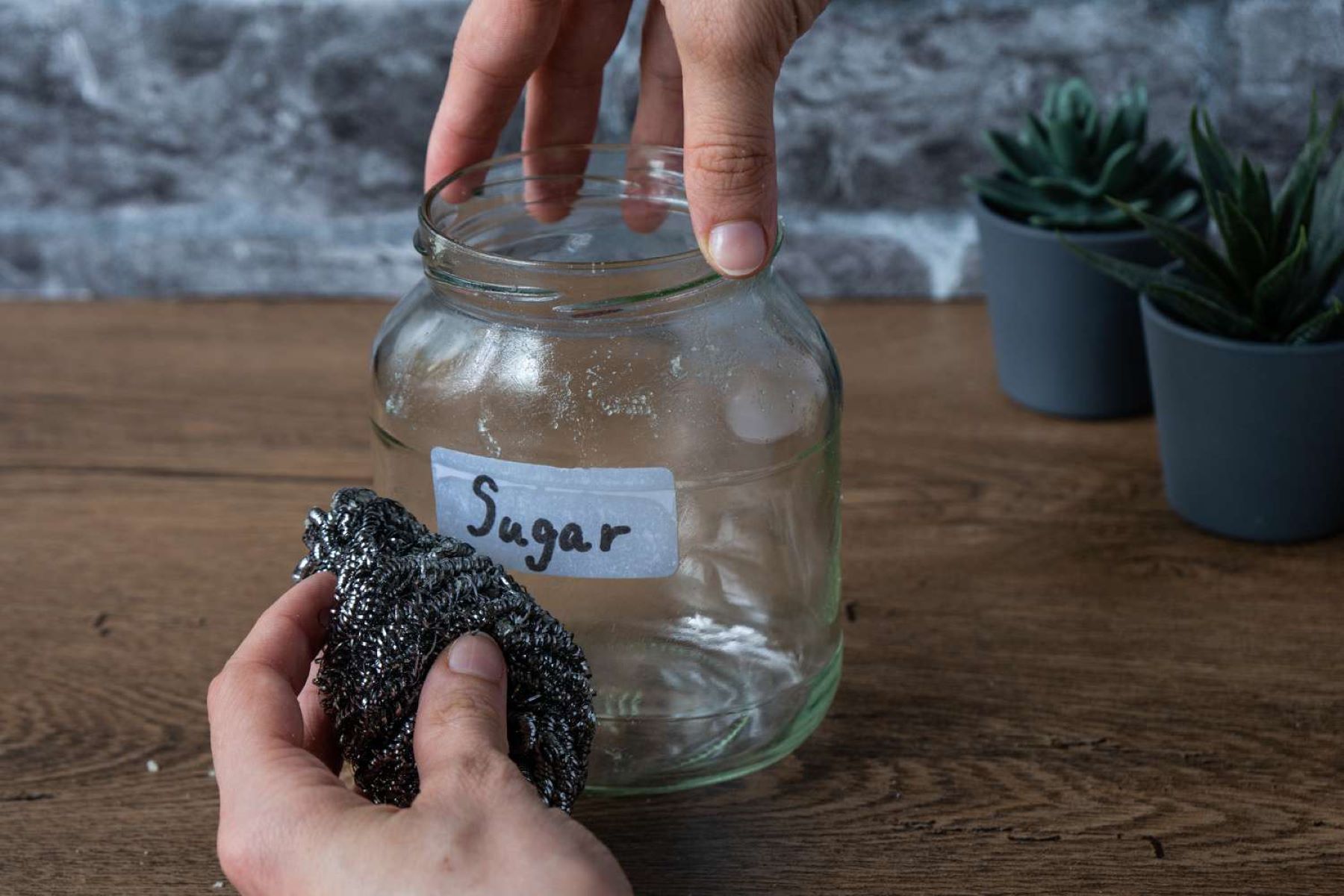
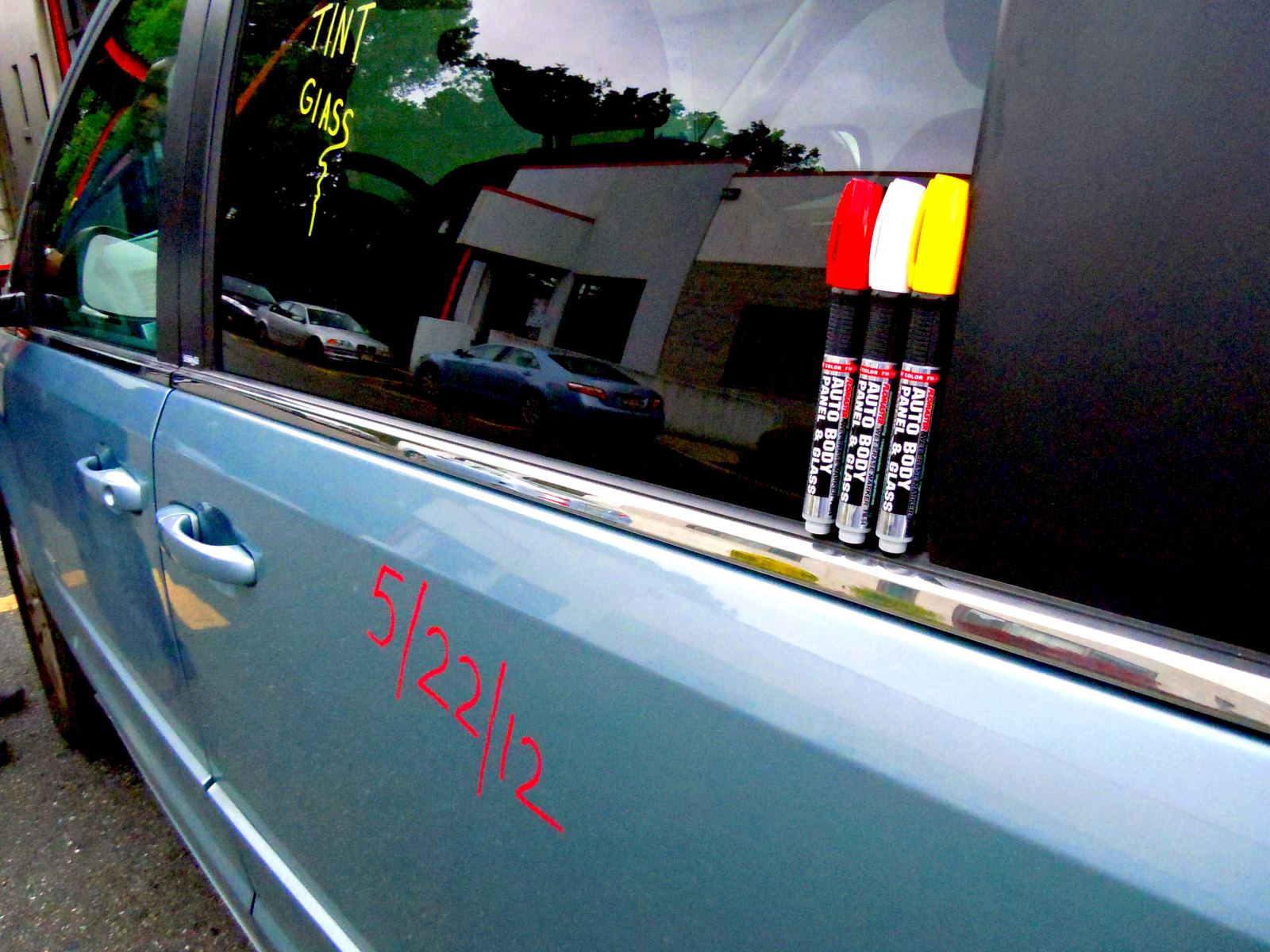
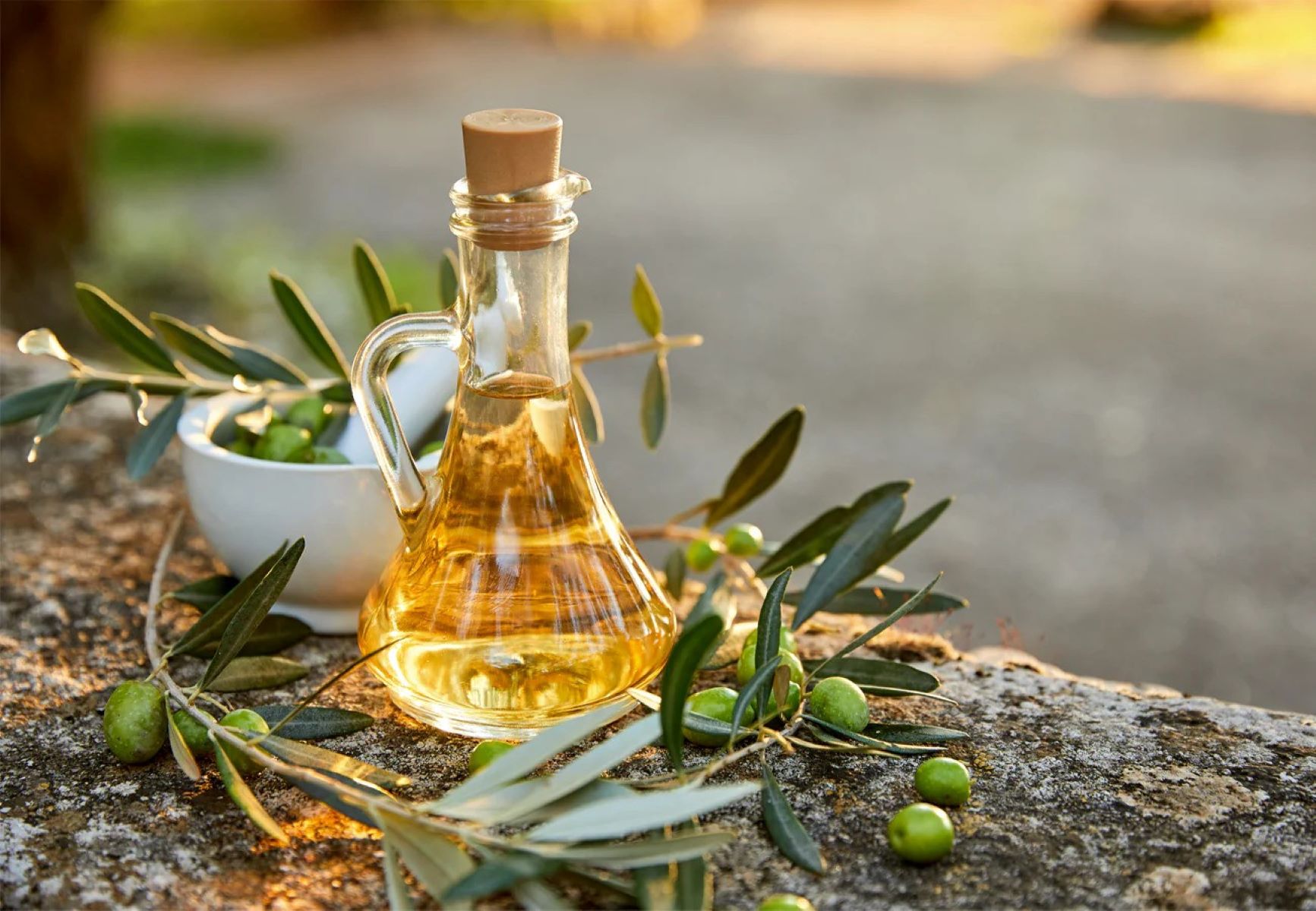
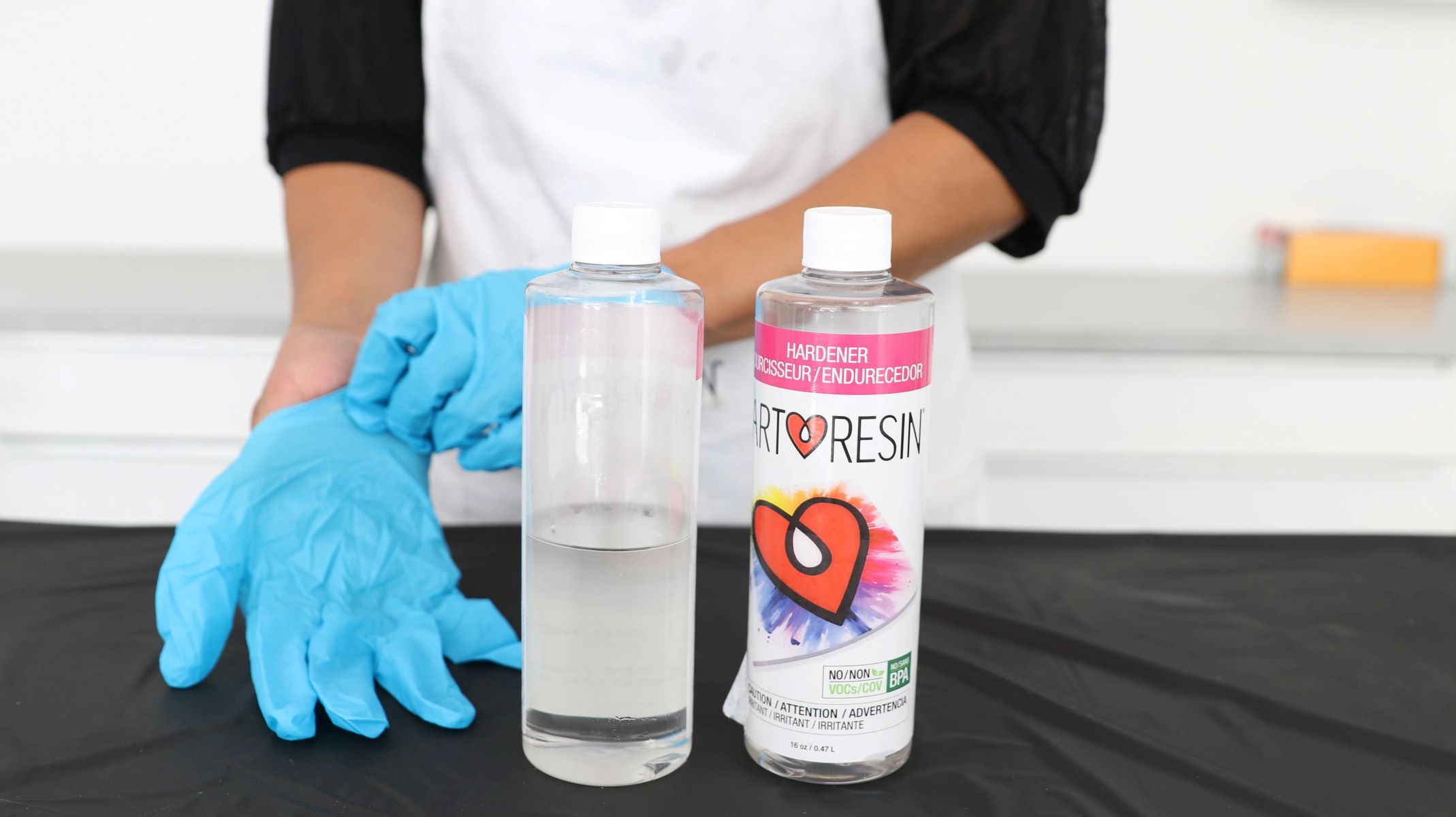
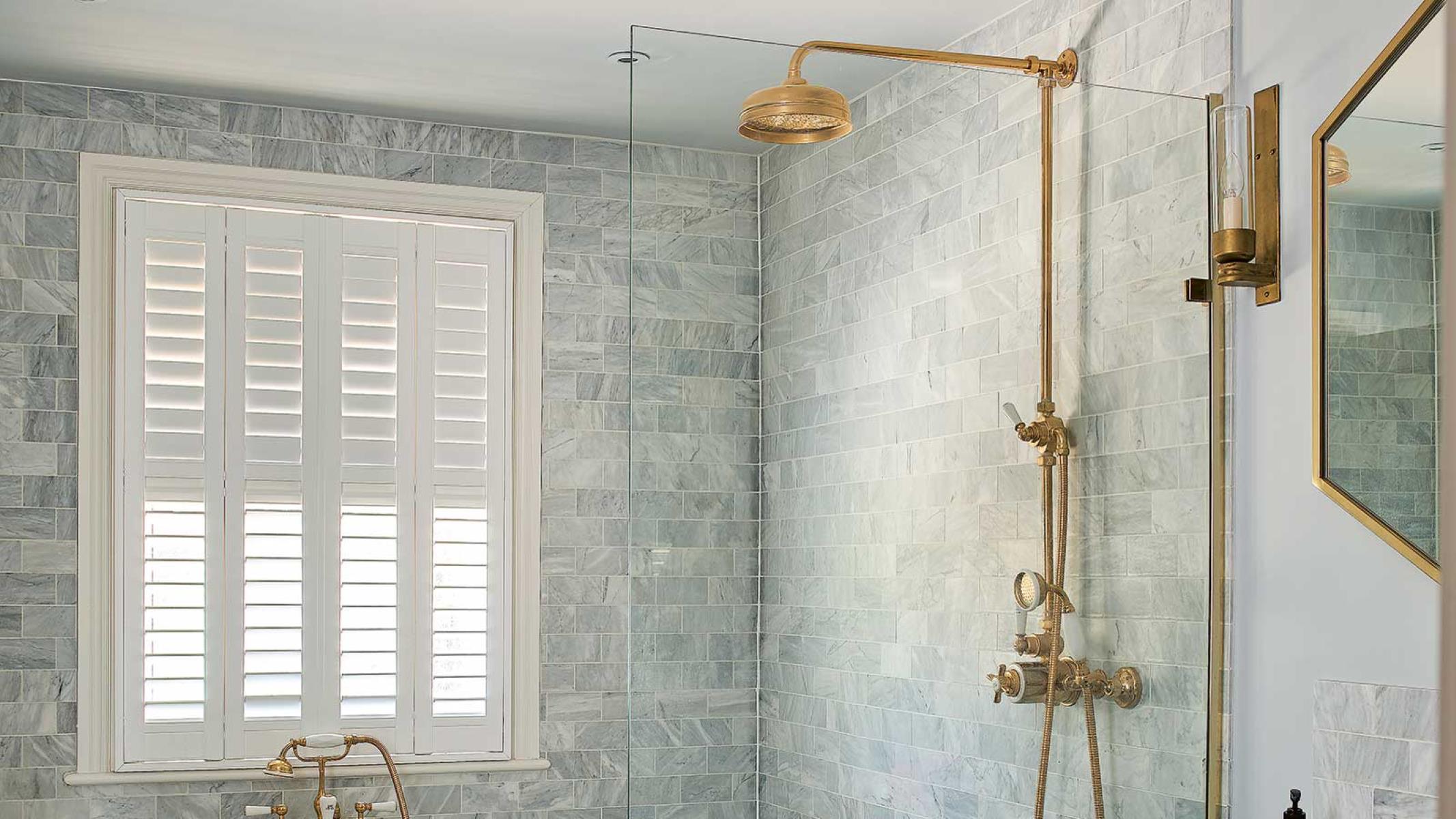
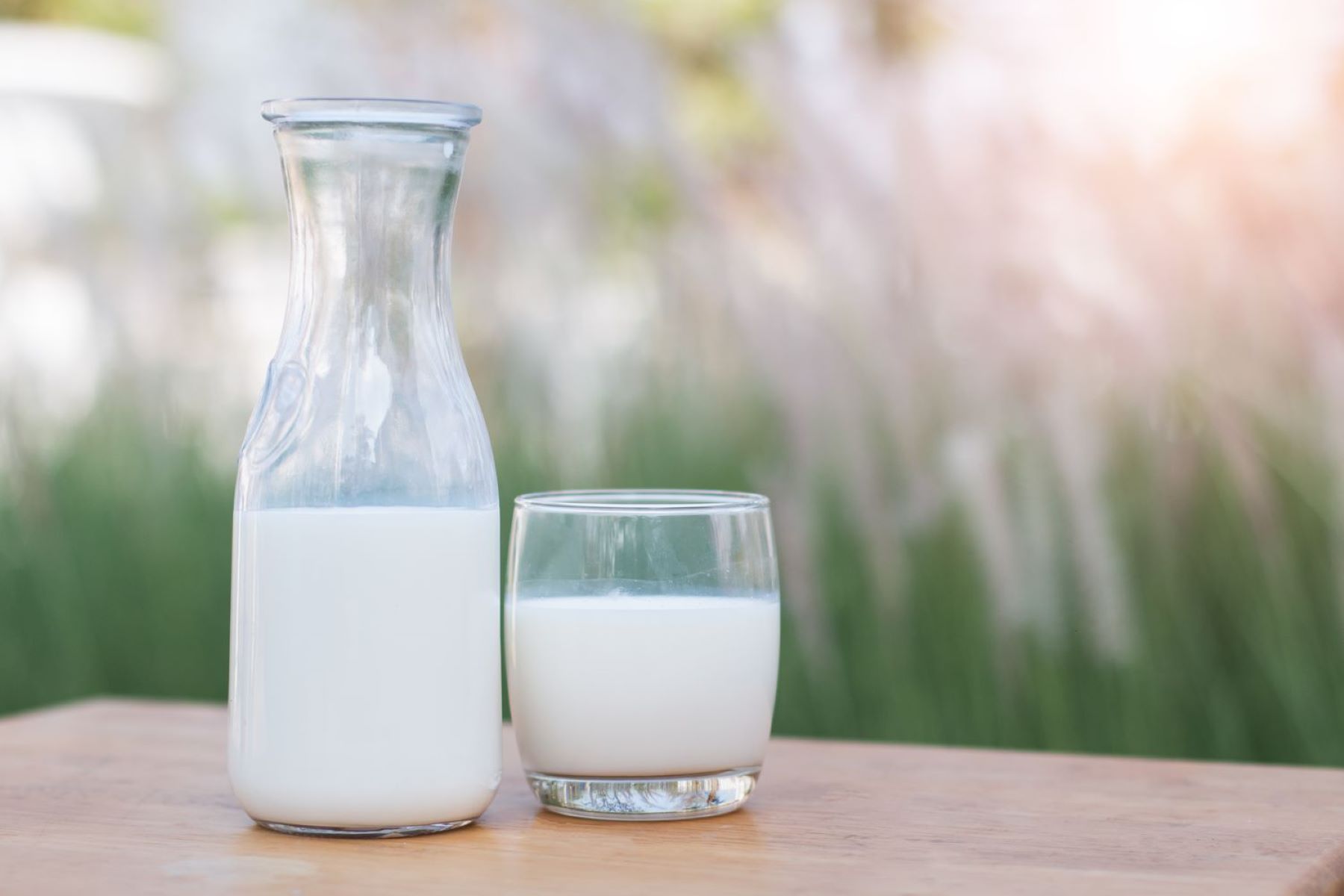
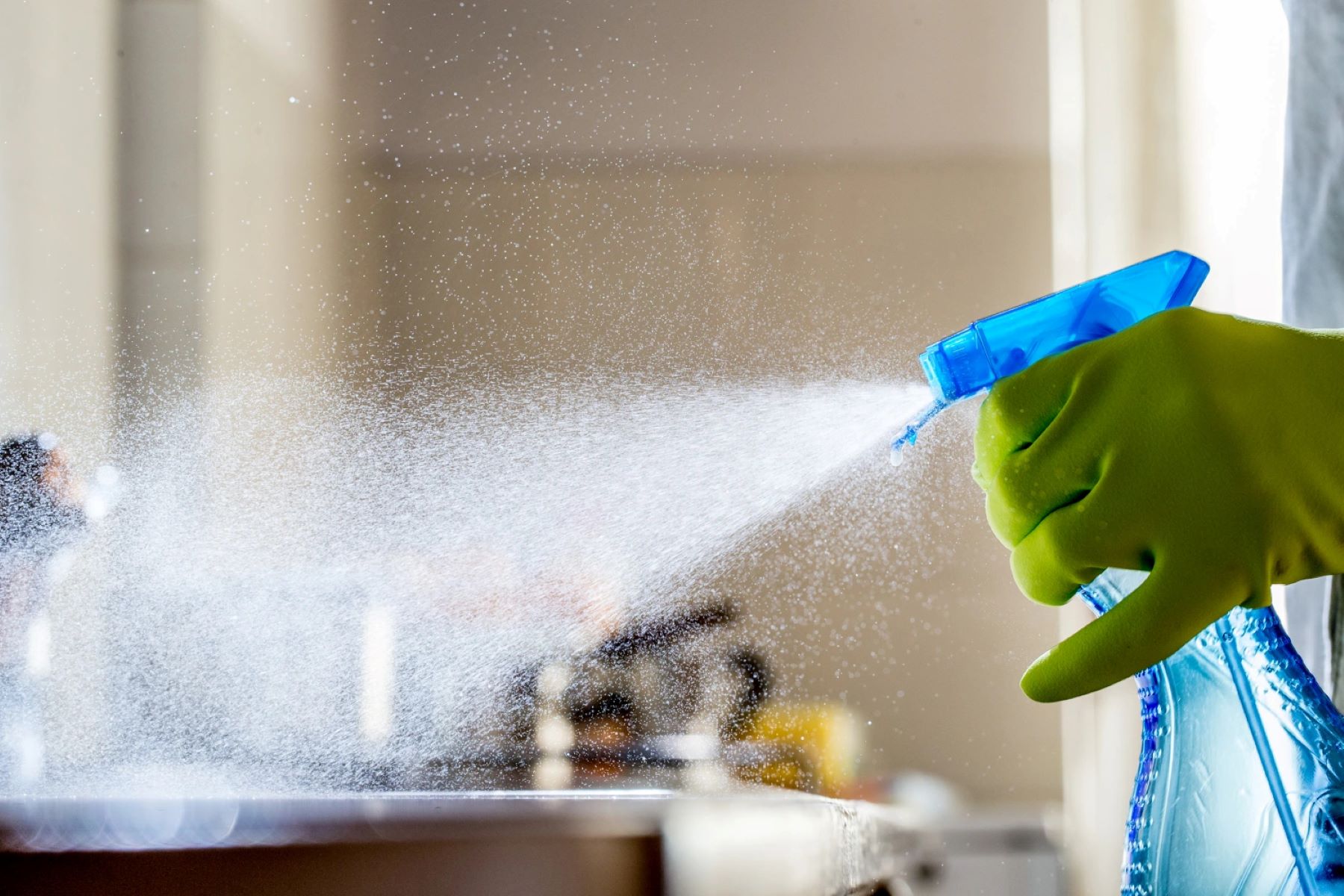
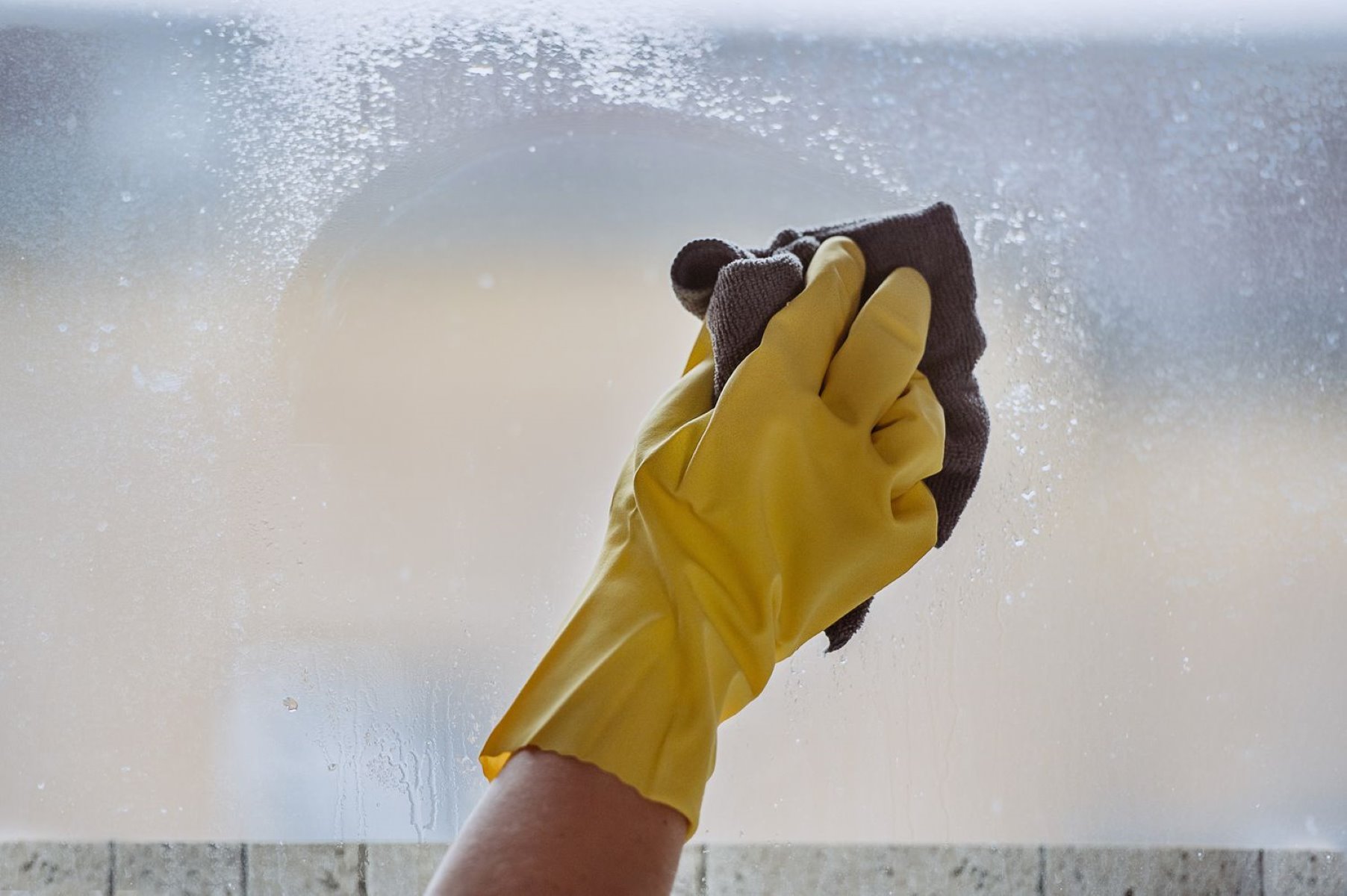

0 thoughts on “How To Get Calcium Off Glass”